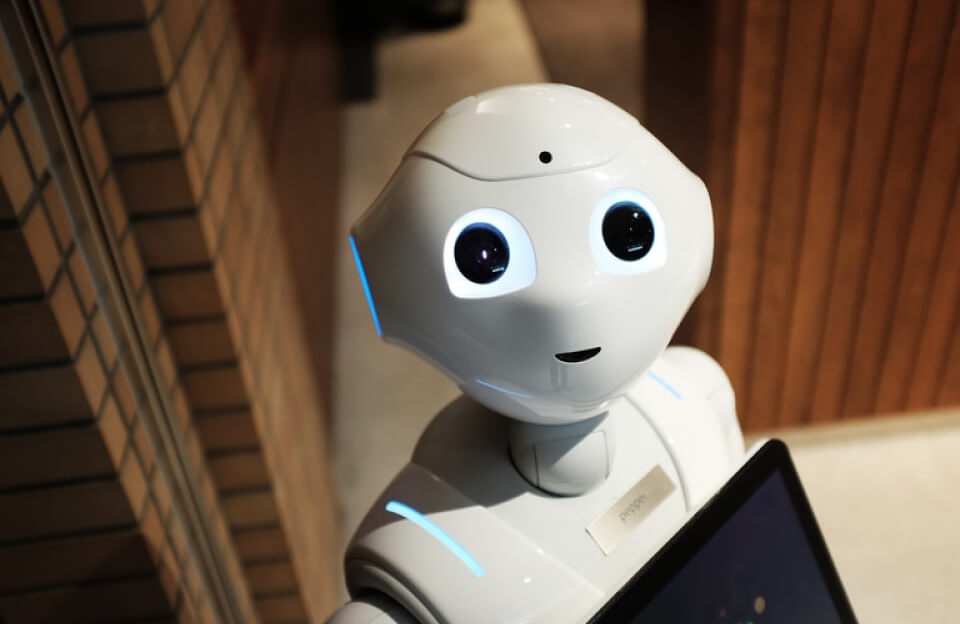Washington, D.C. — It wasn’t just political noise — Donald Trump came very close to firing Jerome Powell, the man he himself appointed as the head of the Federal Reserve. A draft termination letter reportedly circulated behind closed doors. But in the end, the move never happened. Trump stepped back, calling the idea “unlikely… unless there’s fraud.”
So, what led to this near-meltdown at the top of America’s financial leadership?
Who is Jerome Powell?
You may not hear his name daily, but Jerome Powell’s decisions affect nearly every American — from home loan rates to job security. As Fed Chair since 2018, he’s guided the economy through storms like COVID, inflation spikes, and bank failures. Trump once praised him — now, Powell is in his political crosshairs.
What Sparked the Clash?
According to insiders, Trump told Republican lawmakers he wanted Powell gone. The trigger? A $2.5 billion renovation of the Fed’s headquarters. Trump blasted it as “excessive and outrageous.”
But this wasn’t just about construction costs. Trump has long criticized Powell’s cautious approach to interest rate cuts. With economic uncertainty growing, Trump wanted looser policy — and Powell wasn’t moving fast enough.
The renovation was just the spark. The real fire? Control over economic direction.
Market Panic — Then Calm : Once whispers of Powell’s potential firing hit the media, markets flinched. The dollar slipped. Bond yields surged. Investors braced for disruption.
But then, Trump dialed it back. “Unlikely unless there’s fraud,” he clarified. Financial markets calmed — but the whole episode showed just how fragile investor confidence can be.

Can Trump Really Fire Powell?
Technically? Yes — but only for cause. That means serious misconduct or incapacity, not just policy differences. The Fed’s independence is protected both by law and by decades of tradition.
Even Trump’s own legal advisers say firing Powell over interest rates or building costs could ignite a constitutional firestorm.
And Powell? He hasn’t spoken publicly, but sources close to him say he’s “focused and unmoved,” continuing his work without flinching.
So, What Now? : For now, Powell stays. He’s still Fed Chair and hasn’t shown any signs of stepping down. Insiders describe him as calm, deliberate, and unfazed.
Trump, however, isn’t done. “I’d love if he resigned,” he recently said — signaling the pressure may continue.
Whether this was a warning shot or a stalled coup, the message is clear: the uneasy relationship between the White House and the Fed isn’t going away.
FAQ
Q1. Why does Trump want to remove Jerome Powell?
Trump has grown increasingly frustrated with Powell for not cutting interest rates faster. The public trigger was a $2.5 billion renovation project at the Fed, which Trump called wasteful. But the real issue runs deeper: Trump believes Powell is standing in the way of a more aggressive pro-growth economic agenda.
Q2. Can Trump legally fire Powell?
Only under narrow conditions — the law says “for cause,” which typically means misconduct or inability to perform duties. Policy disagreements or budget disputes don’t qualify. Firing Powell without that kind of justification would almost certainly land in court, with serious constitutional questions at stake.
Q3. How did markets react to this news?
Markets don’t like uncertainty — especially when it threatens the Federal Reserve’s independence. As soon as the firing rumors leaked, bond yields surged and the dollar slipped. It was a short-lived dip, but it exposed just how sensitive the financial system is to political drama.
Q4. Is Jerome Powell still the Fed Chair?
Yes. Powell remains in his position and continues his work. His term runs through May 2026. According to Fed insiders, he’s staying focused, ignoring the noise, and hasn’t given any indication that he plans to resign.
Q5. Why does this matter to the public?
Because the Fed isn’t just a background player — it affects your mortgage, your job prospects, your credit card rate, and the cost of groceries. When politics threatens the Fed’s independence, it puts everyday financial stability at risk. That’s why this matters — even if you’re not watching CNBC.
Final Thought 💬
This wasn’t just a political flare-up. It was a stress test for American institutions. The Fed is supposed to be apolitical — free to make tough economic calls without fear. If that firewall weakens, every interest rate decision could become a political battlefield. And when that happens, regular people — not politicians — pay the price.
Call to Action 📢
Liked this breakdown? Share it with someone who follows the economy or politics — or both. For sharp, independent reporting on money, power, and leadership, follow Evichar on [Facebook] and [Twitter].




